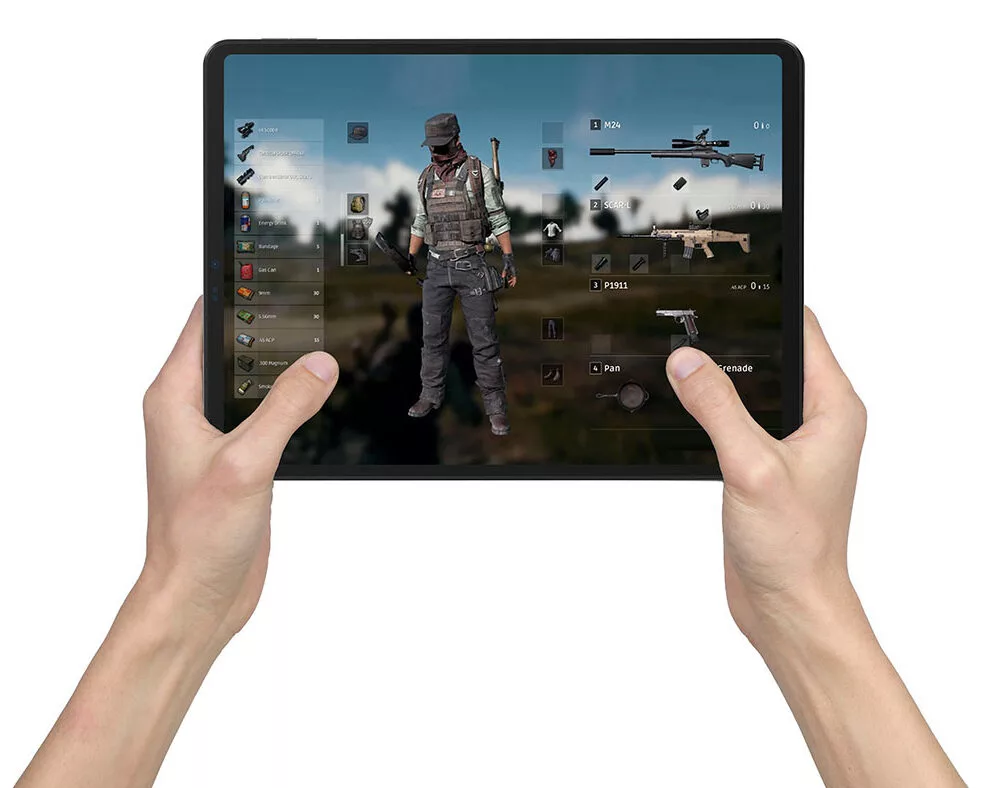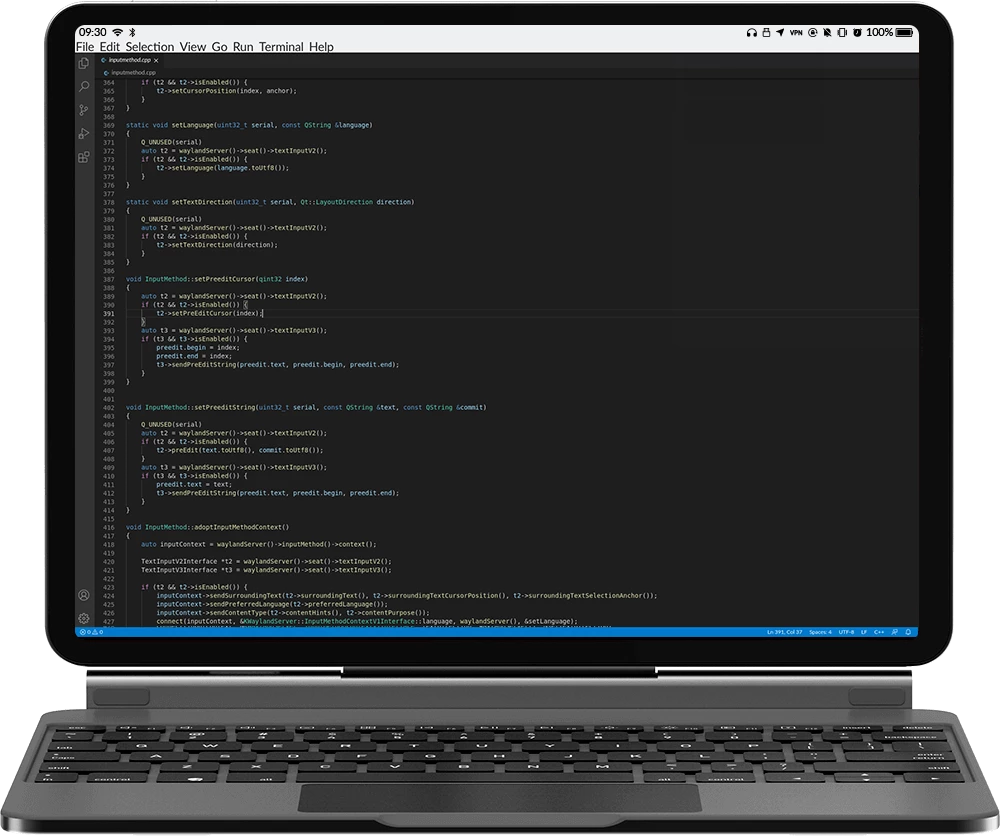China's JingLing recently introduced a Linux-based operating system called JingOS that's designed specifically for mobile devices. And now the company has revealed plans to launch a consumer-level tablet running that operating system on Indiegogo in June.
The JingPad A1 sports an 11-inch AMOLED display panel at 2,368 x 1,728 resolution and 4:3 aspect, with support for 109 percent of the NTSC color space and a screen-to-body ratio of (almost) 90 percent.
It will run on an ARM-based architecture, and though no specifics have been given TuxPhones reports that an 8-core Unisoc Tiger processor will run the show with the help of a PowerVR GM 9446 graphics unit. We do know that the tablet will come with 6 GB of RAM and 128 GB of storage though.
The A1 is expected to be 6.7 mm thin (0.26 in) and tip the scales at 500 g (17.6 oz). It will have support for 5G mobile comms, and its 8,000-mAh battery is reckoned good for up to 10 hours per charge. You can expect a single 16-megapixel camera module around back and a 8-MP webcam to the front, there's a detachable keyboard rocking a trackpad inspired by Apple Magic Keyboard for iPad, and a stylus input called the JingPad Pencil will be included in the package, with 4.096 pressure levels.

The device is claimed to be the first consumer-level Linux tablet, but we have seen something similar from Canonical before called the Ubuntu Edge (which sadly remained a concept after failing to raise production funds), and Android itself is based on a Linux kernel.
That said, the A1 will come with the startup's JingOS custom distro pre-installed, a Linux-based operating system that's been optimized for touch-enabled devices – to "perfectly combine the mobile experience and desktop experience."

The tablet could prove a big draw for developers who want to code while on the move, with VS Code and Terminal among the tools supported. And it seems like JingLing is aiming for a best of both worlds app experience too, making desktop apps like WPS Office, GIMP, Telegram and more available alongside Android apps like Netflix, YouTube and Spotify – though there's no mention at this point whether there will be full access to the Google Store.
As of writing, the JingPad A1 tablet looks to be very much a work in progress. Expect more details in the run up to the Indiegogo campaign in June.
Source: JingLing





